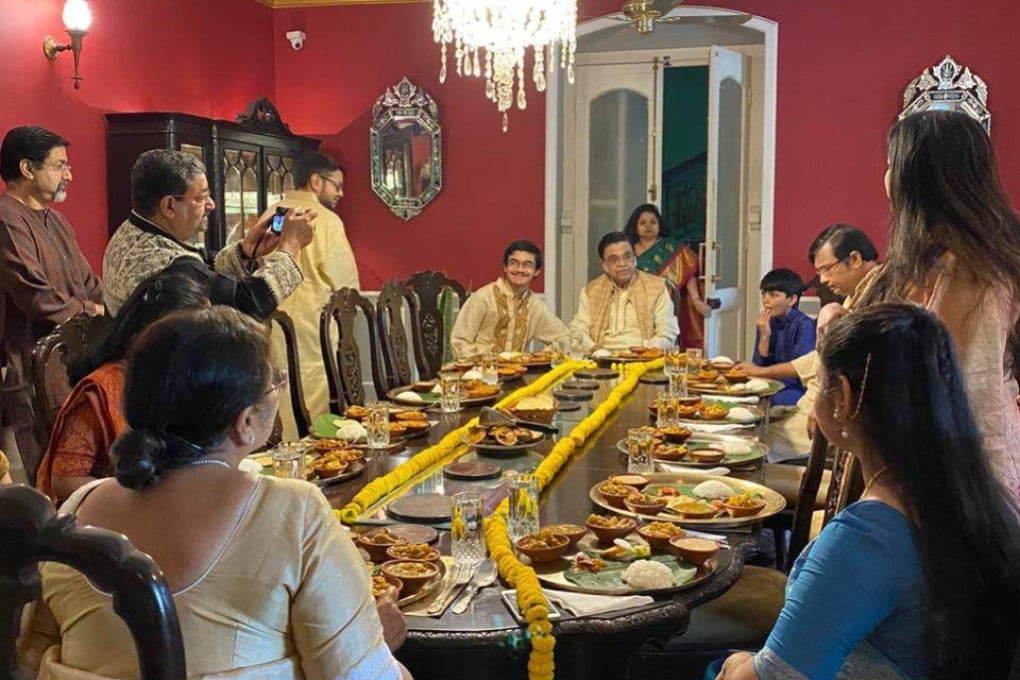Meals fit for a king: in dining pop-ups and cookbooks, former royal families in India reveal secrets of the palace kitchen
- Former maharajas and maharanis and their descendants are sharing recipes from their royal kitchens – serving food at their palaces and publishing cookbooks
- From Gujarat in the west to Odisha in the east to luxury hotel restaurants, exotic and intricate dishes are wowing diners and reviving Indian cultural heritage

The grandeur and opulent lifestyles of members of Indian royal families have fascinated many for centuries. Their cuisine has intrigued gourmands and food anthropologists alike, because of the intricacy of its preparation and the exotic array of spices and ingredients dishes feature.
For a long time, the secrets of palace kitchens were kept under wraps. However, India scrapped former royal families’ allowances and privileges in 1971, and many erstwhile royals are now sharing these secrets as they promote the gastronomic heritage of their former princely states.
Some are publishing cookbooks featuring hitherto unknown recipes, while others are collaborating with hospitality chains to curate pop-up dining experiences. Still others are showcasing royal dishes at their families’ former palaces and using social media to tell the world about them.
One of these is Kumud Kumari, 82, the erstwhile maharani of Gondal district in the western Indian state of Gujarat, who has self-published a 136-page cookbook, Recipes Of A Maharani: Secrets From The Gondal Palace.
Royal cuisines have left a big impression on contemporary Indian cuisine
The cookbook covers 50 of her family’s recipes perfected in their palace kitchens, including gems such as flavour-charged raw mango pickle; marmalades made from the fruit grown in their own orchards; Gondal chicken; and a curry of Indian cherries.
All these treats, the book mentions, were served in porcelain crockery or silverware ordered from London by Kumari’s father-in-law, Maharaja Bhagvant Singh.
